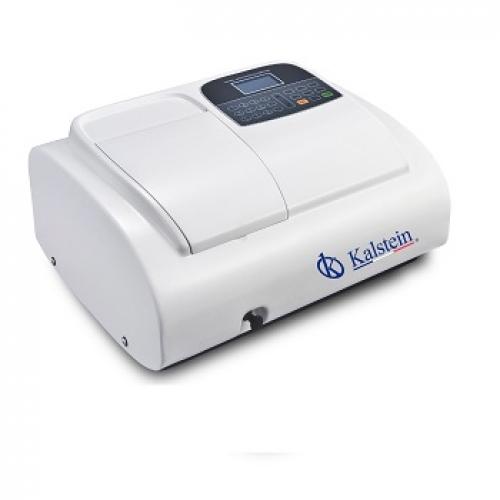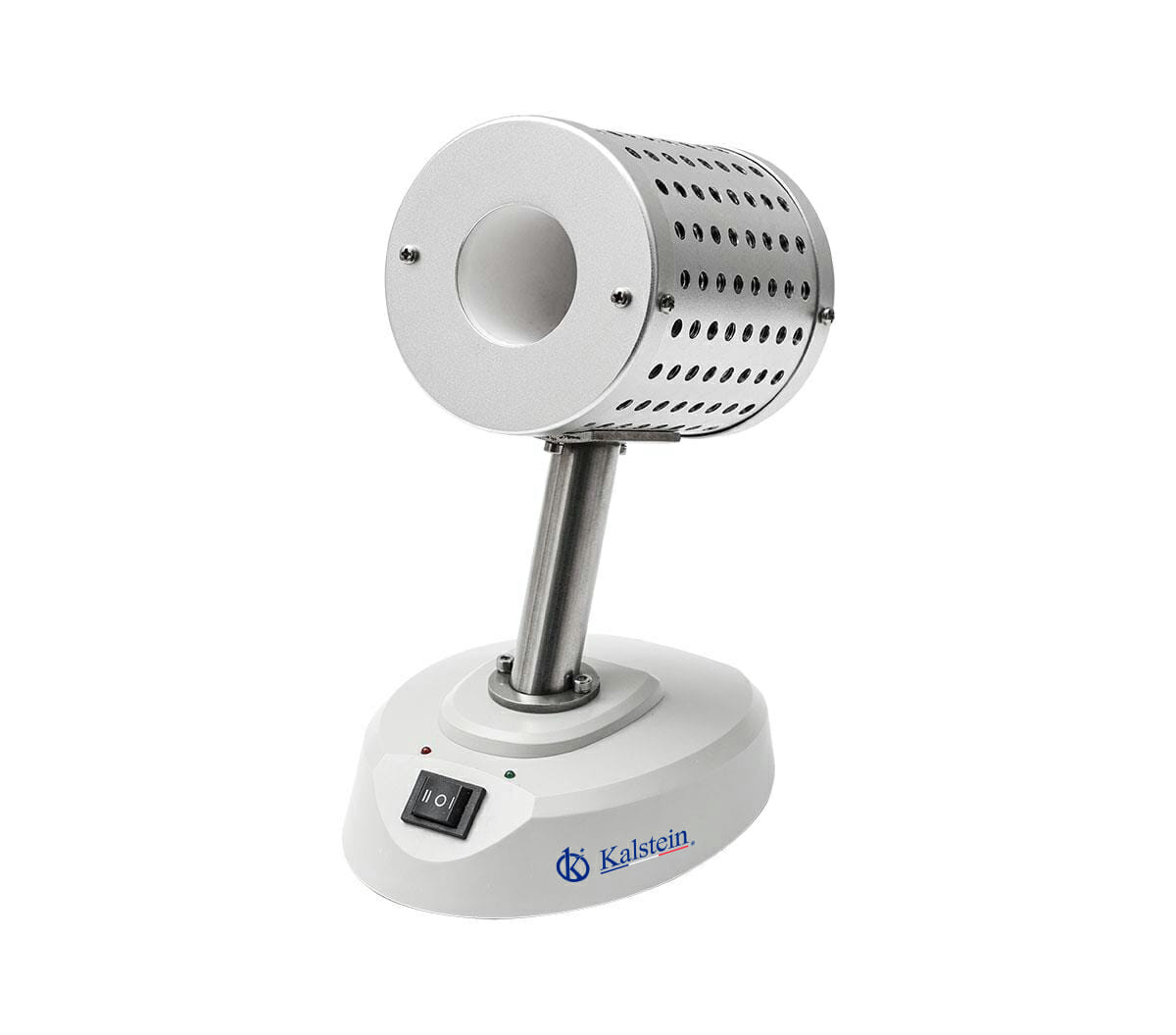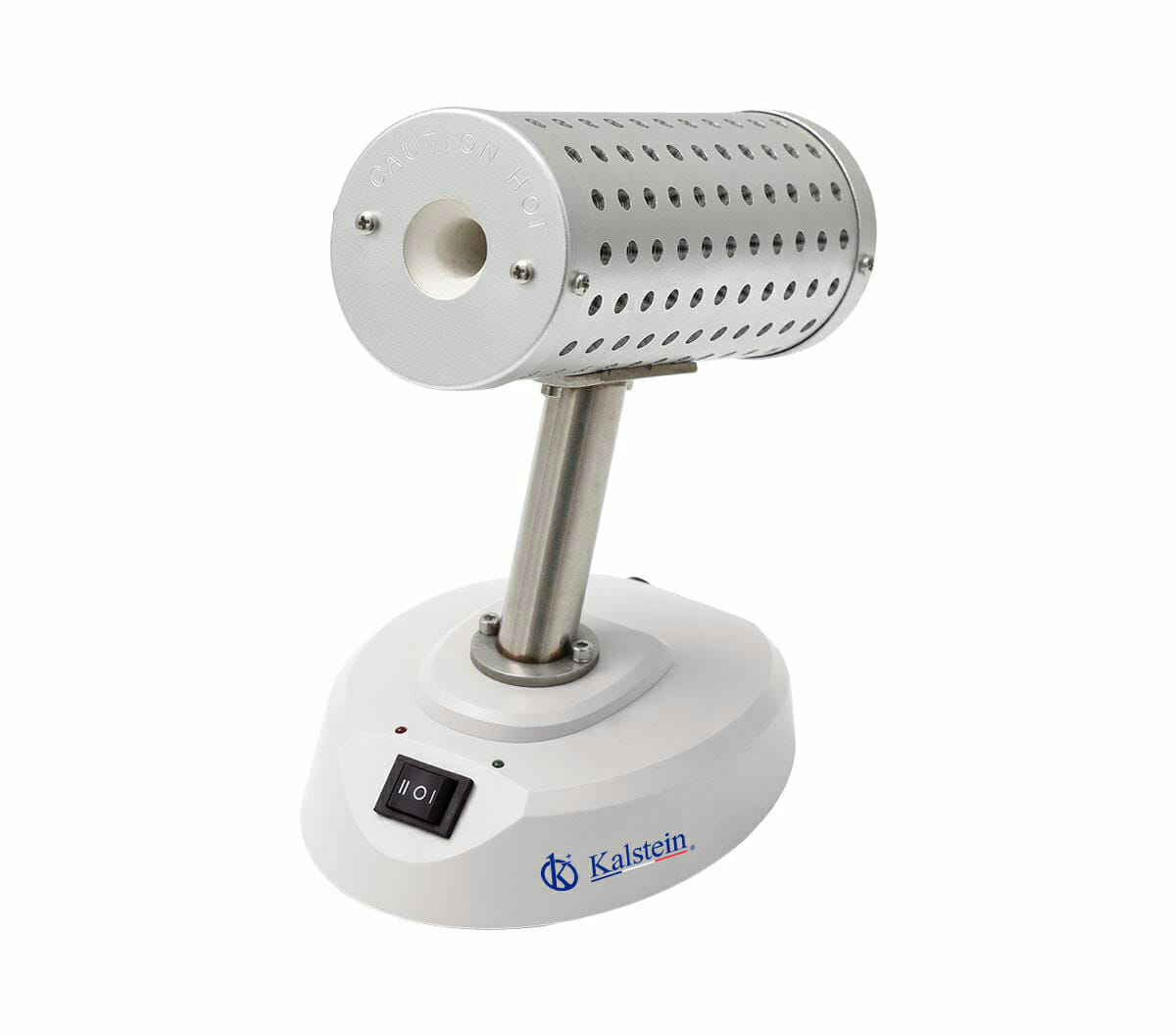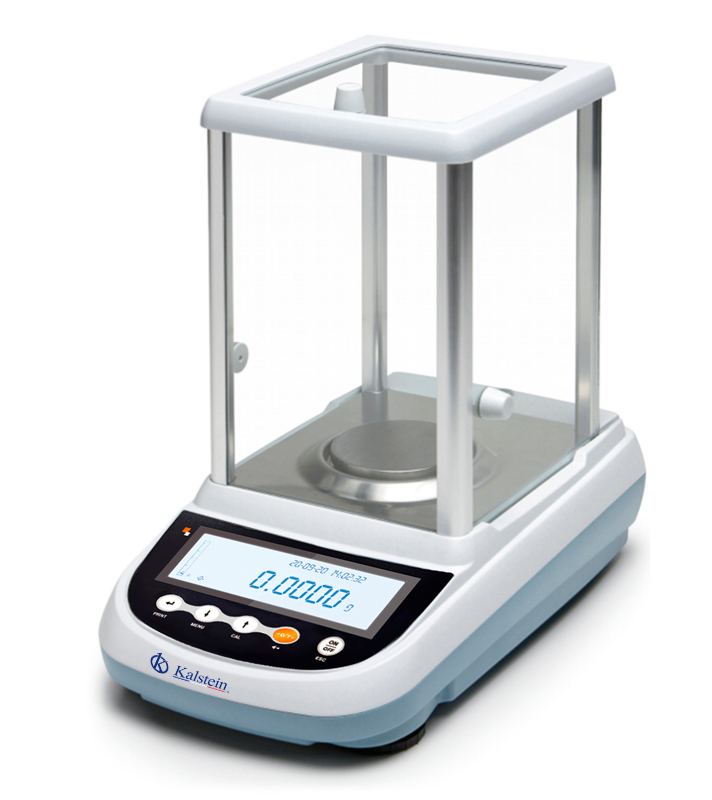The spectrophotometer is a piece of equipment frequently used in laboratories. It is a device that measures the intensity of the light absorbed when passing through a solution, it is used to determine which is the beam of electromagnetic radiation or light, and thus identify, qualify and quantify how its energy is; in addition to allowing to identify its efficiency, sensitivity, resolution and spectral range. So, basically it serves to know what the concentration of the substance in a solution is and thus it can be analyzed under the quantitative approach.
Its regular use is to quantify microorganisms and substances in laboratories where research is carried out. However, it can be used in any area in which quantitative analysis is carried out, among which we can name biochemistry, physics, biology, mathematics and chemical engineering, clinical, industrial, and any area that works with chemicals.
How does the spectrophotometer work?
Its operation is based on the light of the special lamp it has, which is guided by means of a connector that selects and separates the light from the wavelength, and then passes through a sample. The intensity of the light that comes out of that sample is compared with the intensity of the light that fell on that sample, and it is with this information that the transmittance is calculated, which will depend on the concentration of the substance.
In summary, its operation is about illuminating a sample with white light, and then calculating how much is the amount of light that is reflected through a series of wavelength intervals
Type of spectrophotometers
According to its light beam
- Single beam spectrophotometer.
- Split beam spectrophotometer.
- Double beam spectrophotometer.
- Atomic Absorption Spectrophotometer
- UV visible spectrophotometer.
Characteristics of a spectrophotometer
- Light source: they can have different light sources, such as the tungsten, xenon arc and deuterium lamps used in atomic laboratories.
- Monochromator: It has the ability to completely isolate the radiation of the desired wavelength, thus achieving a monochromatic light.
- Collimator: separates the wavelengths, allowing it to be redirected to the exit openings.
- Sample compartment: this is where the interaction of light waves with the sample takes place.
- Detector: recognizes the radiation to be analyzed and allows to know what type of response, whether it is photons or heat.
- Recorder: It is the one that translates the physical elements into numbers that are analyzed.
- Photodetectors: they are those that receive the signal simultaneously with the visible spectrum, in order to reduce the measurement time and minimize the other parts of the device.
The spectrophotometer strengthens the information that a sample can contain about its nature. And it collaborates with diagnoses as well as in different chemical investigations.
At Kalstein we are MANUFACTURERS and we offer quality products at the best PRICE on the market. Visit us on our website, in the products section HERE




